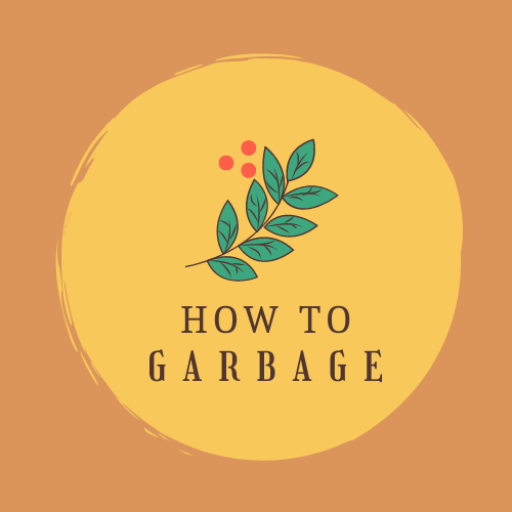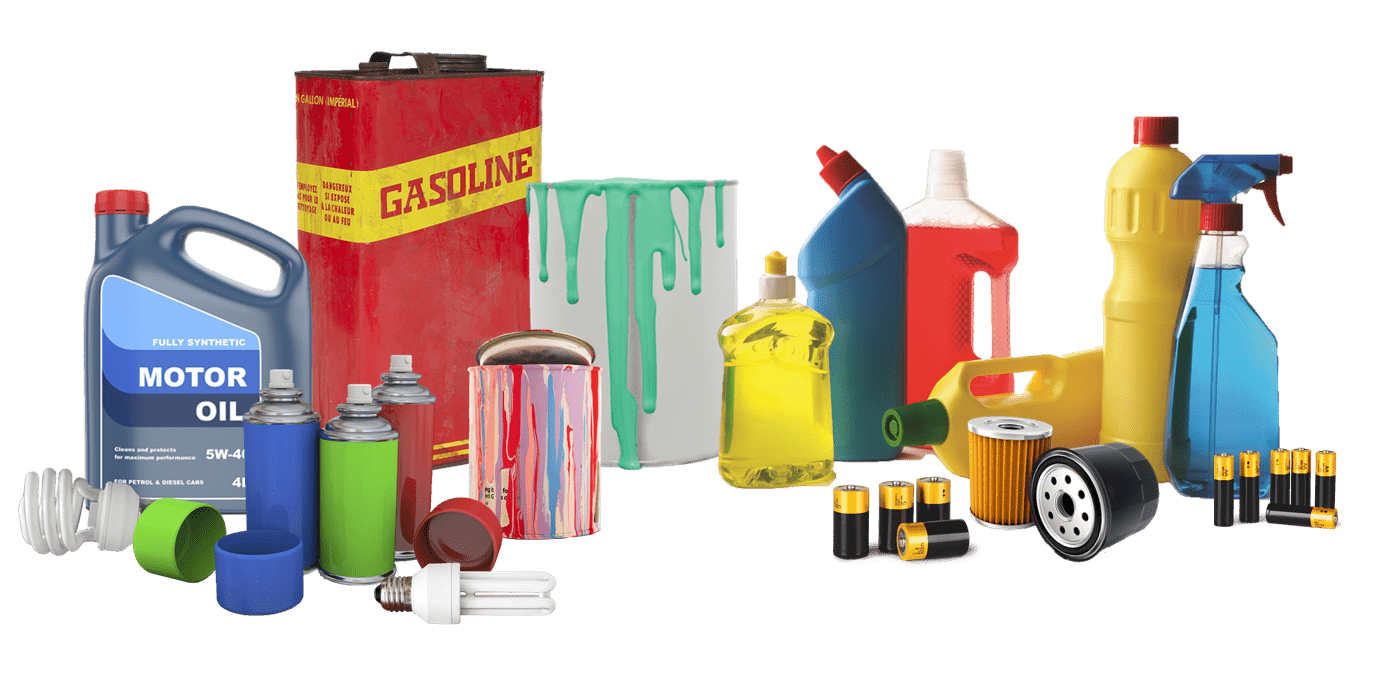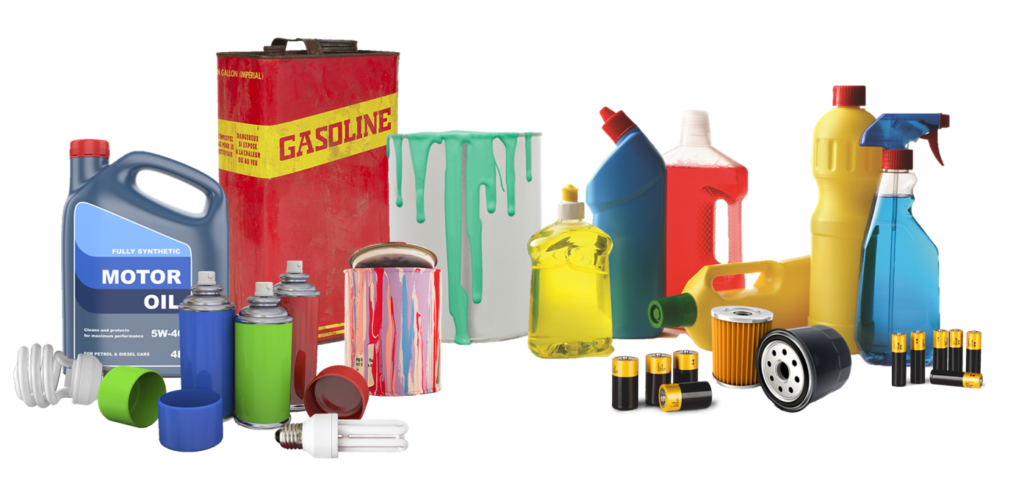
Hazardous waste disposal or how do you properly dispose of Household Hazardous Waste (HHW)? If you’re wondering how to dispose such a thing, then you’re in the right place! Household hazardous waste is a type of waste that can be harmful to both human health and the environment if not disposed of correctly.
What is Considered a Household Hazardous Waste Facility (HHW)?
Household hazardous waste is any waste product that is considered potentially hazardous or toxic and results from common household activities and products. Examples of HHW include paint, cleaners, fluorescent light bulbs, automotive products, and pesticides. Some of these items may also be called “toxic products,” “hazardous materials,” or “hazardous products.”
This includes leftover paint, used oil, scrap metal, batteries for recycling, and many household cleaners, among other items. It’s important to remember that hazardous waste must be recycled properly or it could cause health risks.
Some materials, such as lithium batteries, can also become hazardous waste when recycled improperly. It’s important to understand what types of waste you’re generating and how best to dispose of them.
Hazardous Products
Household hazardous waste is any material that is not safe to dispose of in normal household waste. This type of waste can include items such as pesticides, cleaners, compact fluorescent light bulbs (CFLs), insecticides, old gasoline, paint, solid waste generated by normal household activities such as painting projects and yard maintenance, and other products containing hazardous materials. It’s important to be aware of the dangers posed by these materials and to properly dispose of them. Common HHW items include cleaners, automotive products, pesticides, paint, and fluorescent light bulbs. This blog will provide you with tips on what to bring, what not to bring, and how to recycle your hazardous waste safely and properly.
Compact Fluorescent Light Bulbs (CFL)
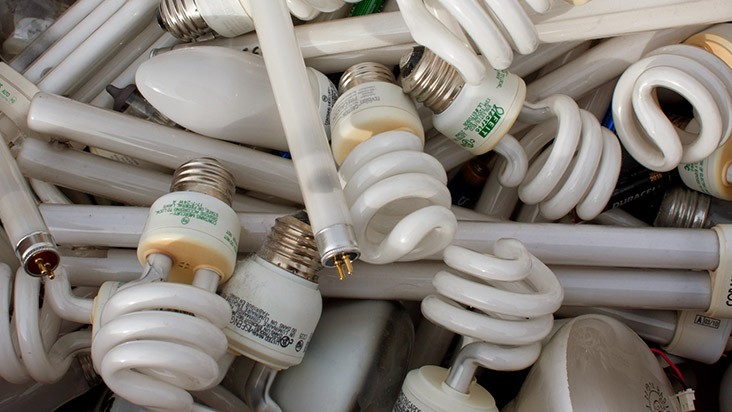
According to the U.S. government’s Energy Star program, a compact fluorescent lamp (CFL) uses 75% less energy and lasts about 10 times longer than an incandescent bulb, and is environmentally preferred! Part of the reason these bulbs work so efficiently is the small amount of mercury they contain. This also means that they need to be handled with care, and like any other potentially hazardous substance in your home, they need to be disposed of outside of the normal waste system.
What to Bring?
When it comes to HHW, it’s important to know what to bring. Small amounts of household hazardous waste, such as a one-gallon container of latex paint or a smoke detector, can be placed in your regular trash. Larger quantities of HHW, such as a five-gallon container of paint, must first be placed in a clear plastic bag and placed in your regular trash.
When participating in a household hazardous waste collection event, it’s important to bring any materials that you may have that could be considered hazardous. This includes items such as paints, pesticides, cleaners, CFLs, and other products that contain hazardous materials. It’s also important to bring any containers that the hazardous material is contained in, as well as any other material that could be considered hazardous.
Collection Sites
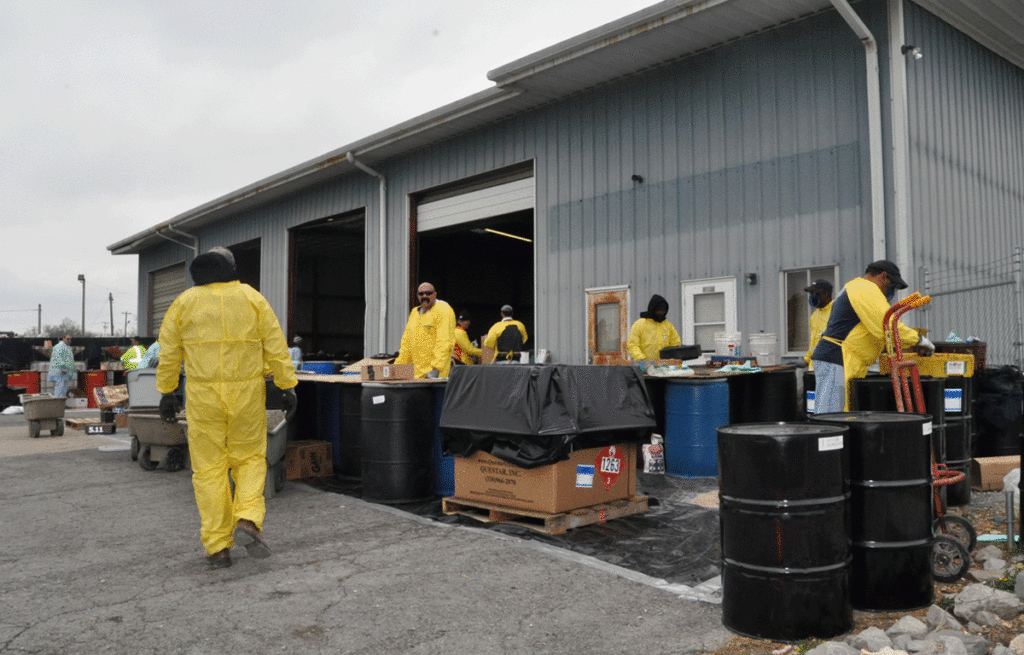
If you’re looking to bring hazardous waste to a household hazardous waste collection site, you should bring items that weigh less than 220 pounds, like leftover paint, used oil, and scrap metal. Additionally, the U.S. Environmental Protection Agency (EPA) considers any waste generated by individuals from normal household activities to be hazardous waste, so don’t forget to bring any CFL bulbs, insecticides, and other items generated by normal household activities.
Make sure to check the site for specific guidelines on what materials are accepted and the maximum weight of materials accepted – typically less than 2.2 pounds.
Not Accepted Items

When it comes to HHW, certain items shouldn’t be placed in your regular trash. Household hazardous waste collection sites typically don’t accept items such as:
- tires
- explosives
- medical waste
- septic tank materials, or appliances and mercury-containing items,
- lithium batteries, and helium tanks.
Please check with your local waste collection service to see what items may be disposed of in your regular trash.
Additionally, most collection events aren’t able to accept any wastes that are greater than 5 gallons in size, or any material that weighs more than 220 pounds.
Many household hazardous waste disposal sites do not accept lithium batteries, medical sharps containers, or kitty litter.
How to Dispose of Household Hazardous Waste?
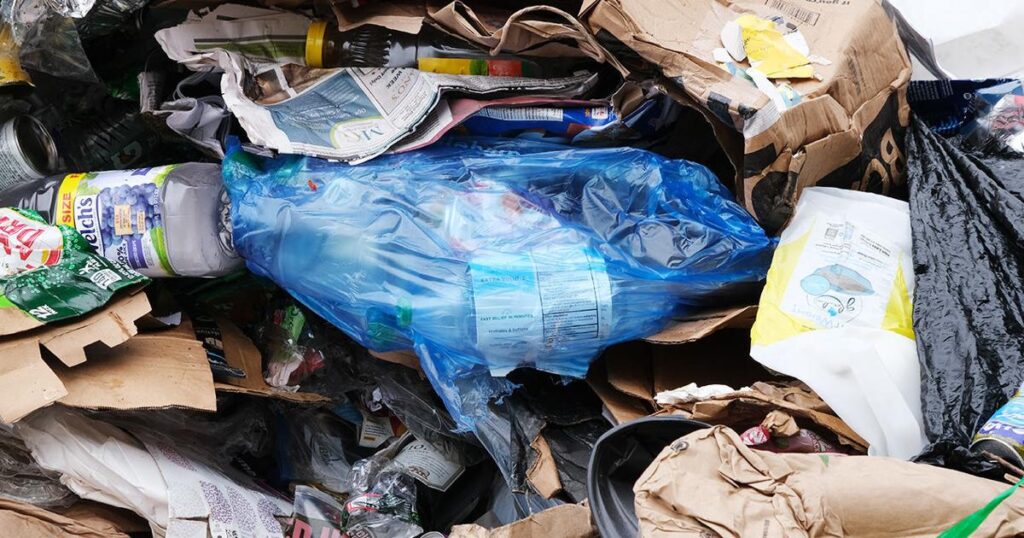
When it comes to disposing of HHW, there are several ways to do so safely and properly. One option is to drop off your HHW at a collection site. Many communities have HHW collection sites where residents may safely recycle their HHW. You may also contact your local waste collection service to see if they offer a collection program.
- When recycling hazardous waste, it is important to follow all local guidelines and regulations. In most cases, the material should be taken to a local collection event or hazardous waste disposal facility.
- It’s important to make sure that the material is sealed in a container, and that any spills are cleaned up immediately. Additionally, any products that aren’t in their original containers should be labeled with the name of the product and a description of what it contains.
If you’re looking to bring hazardous waste to a household hazardous waste collection site, you should call ahead or check the website to make sure they are open (generally they are open 8 a.m. to 5 p.m., Monday to Friday). Additionally, many household hazardous waste disposal sites also take used oil, batteries for recyclin, and CFL bulbs for free.
- Participating in a device take-back program is a great way to properly recycle hazardous wastes like computers, cell phones, and other electronics. This program is intended to keep these devices from ending up in dumps, where they can cause environmental harm.
Safety Tips for Transporting Your Hazardous Waste
- When it comes to transporting your HHW, some safety tips should be followed. For example, HHW should be placed in a sturdy container and labeled appropriately.
- The container should also be secured in an upright position, and the lid should be left on.
- It’s important to keep children and pets away from the container.
- Always make sure to check your local laws and regulations before recycling hazardous waste. Additionally, never transport more than 2.2 pounds of hazardous waste at one time, and never throw hazardous waste in the trash.
- Carbon monoxide detectors don’t contain radioactive elements and generally can just be placed in your household trash.
- Consider using alternative household products that don’t contain hazardous materials.
- Keep products in their original containers whenever possible.
What Are Four Methods for Disposing of Hazardous Wastes?
When it comes to disposing of hazardous wastes there are four primary methods.
The four main methods for recycling hazardous waste include: dropping off the material at a collection event or toxic waste disposal center, sending the material to a hazardous waste management facility, using a device take-back program, or using a waste management company. Each of these methods has its advantages and disadvantages, so it’s important to research each option to find the best one for your needs.
What Are the 4 Types of Waste Disposal?

When it comes to waste disposal, there are four primary types: landfill disposal, incineration, recycling, and waste collection services. Each of these methods has its benefits and drawbacks and should be chosen based on the type of waste being recycled.
Here are four methods for disposing of hazardous wastes:
1. Landfill Disposal
This is perhaps the most popular and straightforward solution for disposing of hazardous wastes. Hazardous wastes are buried in a dump and are securely monitored and managed. This ensures that hazardous materials don’t contaminate the environment or cause harm to live organisms.
2. Incineration
This is the process of burning hazardous wastes in a controlled environment. This method is often used for disposing of liquids, gels, and other hazardous materials. The incineration process ensures that dangerous materials are destroyed completely, preventing them from entering the environment.
3. Recycling
This is another great option for disposing of hazardous wastes. This method involves the collection, processing, and reuse of hazardous materials. This helps to reduce the number of dangerous materials that end up in dumps and incineration sites.
4. Chemical Treatment
This method involves the use of chemical processes to render dangerous materials harmless. This is often done by neutralizing, diluting, or solidifying the hazardous materials. Chemical treatment is often used for disposing of lithium batteries, medical waste, and other dangerous materials.
What Are the 5 Proper Waste Disposal?
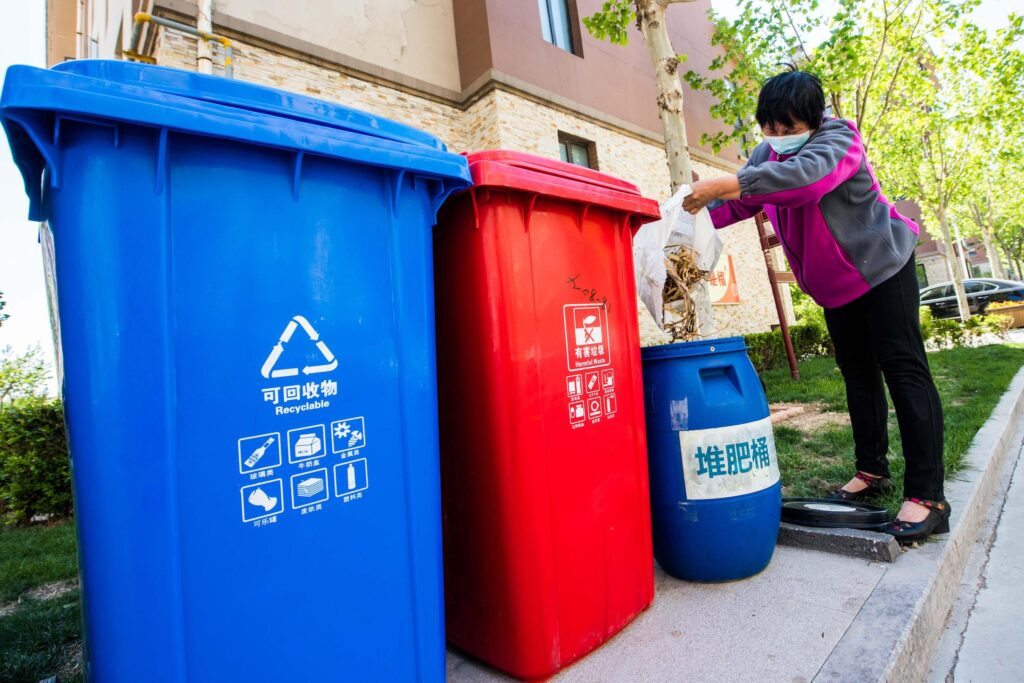
When it comes to proper waste disposal, there are five primary methods. These methods include dump disposal, incineration, recycling, device take-back programs, and managing waste and materials. Each of these methods has its benefits and drawbacks.
Now that we’ve gone over the four types of waste disposal, let’s look at the five proper waste disposal methods.
1. Separate Different Types of Waste
It’s important to separate different types of waste so that they can be recycled properly. For example, it’s important to separate recyclable materials from hazardous materials so that they can be disposed of appropriately.
2. Use Certified Disposal Facilities
To ensure that your waste is disposed of properly, it’s important to use certified disposal facilities. These facilities are designed to safely recycle all types of waste, including hazardous waste, recyclable materials, and even lithium batteries.
3. Reuse and Recycle
It’s important to reuse and recycle as much waste as possible to reduce the number of waste sent to dumps. Reusing materials can help to reduce the number of natural resources needed to create new products. Recycling materials can help to reduce the amount of waste sent to landfills and offers information about how to recycle properly materials.
4. Donate Used Goods
Donating used goods is a great way to help reduce the amount of waste that is sent to landfills. Many charities accept used items, such as toys, clothes, and furniture, and they can be donated to help people in need.
5. Monitor Your Waste
It’s important to monitor your waste to make sure that it’s being recycled properly. If you notice that your waste isn’t being disposed of properly, it’s important to take action as soon as possible.
Device Take-Back Programs

Device take-back programs are an important part of proper waste disposal. These programs provide a safe and secure way for consumers to dispose of their old electronics. Many home improvement stores, electronics stores, and other retailers offer these device take-back programs.
Device take-back programs are designed to help reduce the amount of e-waste that is generated. These programs allow individuals to bring their old electronics, such as computers and cell phones, to designated drop-off locations to be recycled.
This program is intended to keep these devices from ending up in dumps, where they can cause environmental harm.
Many electronics stores and manufacturers offer device take-back programs where you can return old electronic devices for proper disposal. This is a great way to make sure your waste is recycled properly and not thrown in the trash.
Managing Waste and Materials
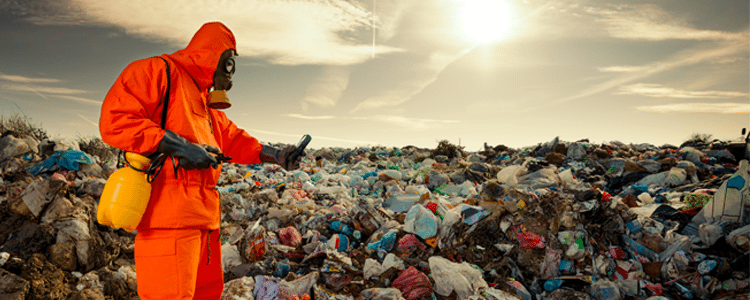
Managing waste and materials is a key component of proper waste disposal. This involves following local, state, and federal regulations regarding waste disposal, as well as utilizing proper recycling and waste collection services. It’s also important to properly store dangerous materials and to properly label any containers containing hazardous materials.
Managing waste and materials is an important part of protecting the environment. It’s important to look for ways to reduce the amount of waste that is generated, as well as to properly dispose of any dangerous materials. Additionally, programs like device take-back programs can help to reduce the amount of e-waste that is generated.
When managing hazardous wastes and materials, it’s important to follow all regulations and laws. Additionally, you should never throw hazardous waste in the trash, as this can cause health risks to people and the environment.
Warnings
- When it comes to disposing of hazardous waste, there are some warnings to keep in mind.
- Never recycle hazardous waste in your regular trash.
- Never pour hazardous products down the drain or into the environment.
- Never transport hazardous waste in containers that are not secure and labeled appropriately.
- Never leave the lid off of a container of hazardous waste.
- Never vaporize hazardous waste. And never allow children or pets to come in contact with hazardous waste.
By following these tips, you can help ensure that your hazardous waste is disposed of properly and safely, helping to protect human health and the environment. If you have any questions about the proper disposal of hazardous waste, please check with your local waste collection service or hazardous waste facility.
